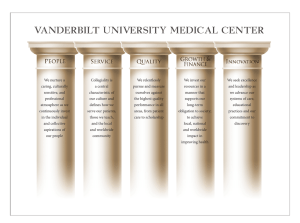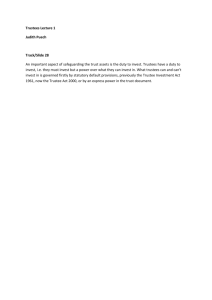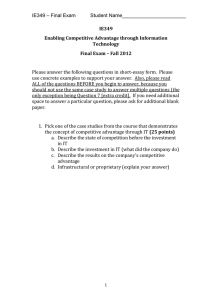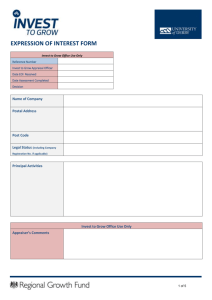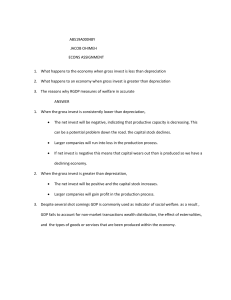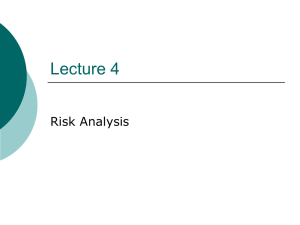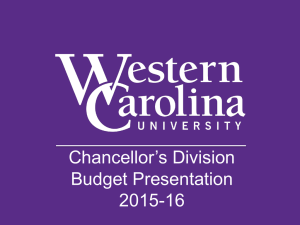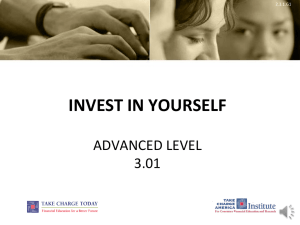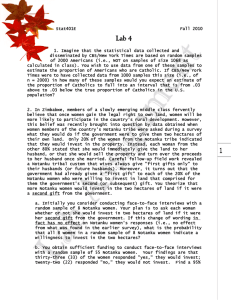Overview of the US Economy
advertisement
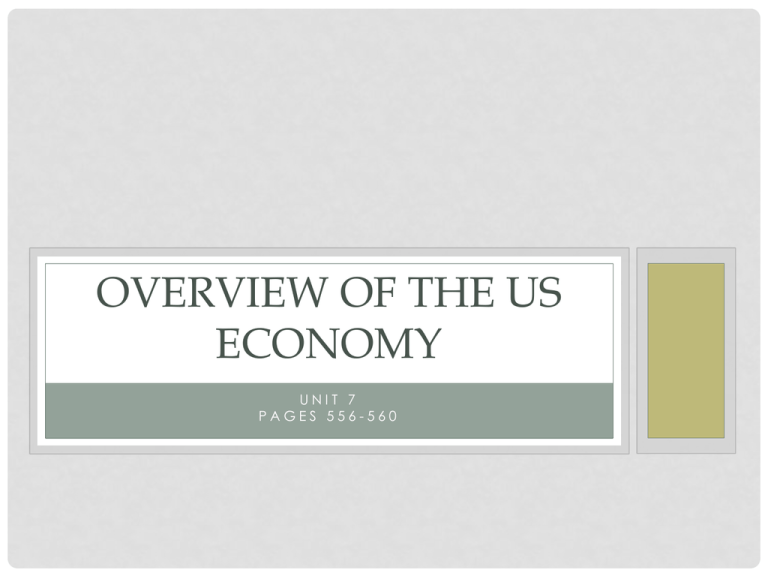
OVERVIEW OF THE US ECONOMY UNIT 7 PAGES 556-560 OVERVIEW OF BASIC ECONOMIC SYSTEMS • Traditional: based on customs and traditions • Command: government officials make all ecnomic decisions • Market: mostly up to individuals producing and consuming • Mixed: can include elements of traditional, command, and market • This is what most economies are today THE FREE-ENTERPRISE SYSTEM • The US economy is also referred to as a freeenterprise system. • Under this type of system, individuals have the right to own private property and to make individual choices about how to use that property and how to make money. • Consumer: a person who buys goods and services. • Producer: person or company that provides goods and services. CIRCULAR FLOW MODEL PRICES AND SUPPLY AND DEMAND • The connection between quantity demanded for a good or service and its price is described by the law of demand. • Supply is the quantity of goods and services that producers are willing to offer at various possible prices during a given time period. • Prices and quantity supplied are related. • The interaction of supply and demand establishes a price, called the equilibrium price, at which consumers are willing to buy all of the goods that producers are willing to make. INVESTMENT AND THE ECONOMY • In the US, you are free to save your money or invest it. • One popular way to invest your money is through stocks. • You can also invest directly in starting a new business. • Money invested by outsiders to help new businesses grow is called venture capital. • Many companies use their own money to invest in technological research and development. ADAM SMITH’S IDEAS • Wrote “Wealth of Nations” • Gave basic outline of economic theories in market economies. • Invisible hand: supply, demand, competition will regulate free market • Laissez Faire: government should not interfere with the economy • Hands off approach


